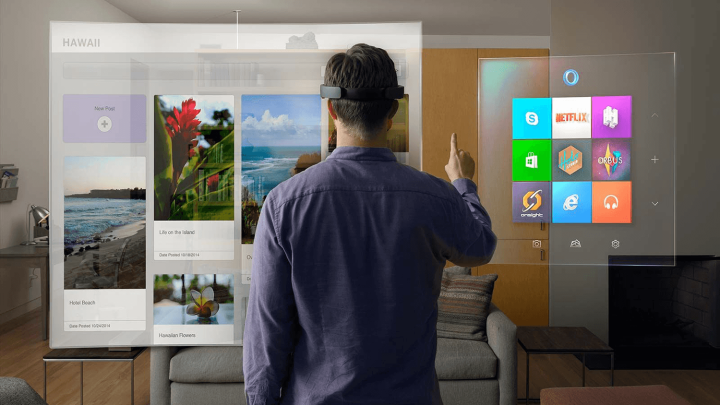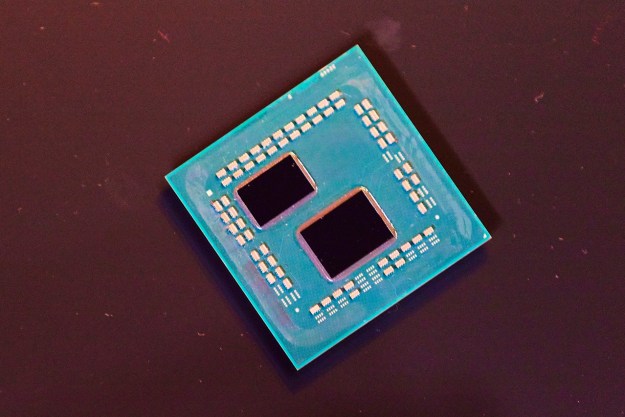
The most painless way eye-tracking is performed is by affixing a camera to the frame of the HMD. Unfortunately, that requires that at least part of your view is hampered by the rig itself. Otherwise, the only other commonly adopted means of eye-tracking is with the help of a partial reflector bending the camera’s line of sight directly to your temple.
While this aids in avoiding a curbed view, it doesn’t fare well for users who wear glasses. Theoretically, Microsoft’s patent would remedy this problem, utilizing a transparent wave guide composed of both an input coupler and an output coupler for all the heavy lifting.
Within the patent, Microsoft details a markedly high-level overview of how this all works:
“Certain embodiments described herein relate to a waveguide that is for use in tracking an eye that is illuminated by infrared light. Such a waveguide, which can be used in a head mounted display (HMD), but is not limited for use therewith, is transparent and includes an input-coupler and an output-coupler.
The input-coupler comprises a grating area, formed by plurality of curved grating lines, that diffract light beams incident on the input-coupler into the waveguide and towards a common region at which is located the output-coupler. The curved grating lines of the input-coupler have a radially varying pitch.”
The patent summary goes on to describe how the infrared beams work in conjunction with the curved grating lines of the input coupler, the convergence point of which houses the output coupler, to produce an eye-tracking effect.
It’s all very advanced stuff, but it’s clear that even though this technology isn’t present in HoloLens as we know it, Microsoft is no doubt attracted to the idea.
At any rate, we’ll most likely get a taste of a similar eye-tracking tech at CES next month. SensoMotoric Instruments, a tastemaker in eye-tracking gadgetry, is slated to demo its latest products for HMD devices in the coming weeks.
Editors' Recommendations
- Turns out Microsoft’s HoloLens 3 might not be dead after all
- HoloLens 2 will have dark mode, 5G support when it launches globally this fall
- Microsoft’s futuristic HoloLens 2 headset is now shipping, starting at $3,500
- Unreal Engine 4 support for developers coming to Microsoft’s HoloLens 2 in May


